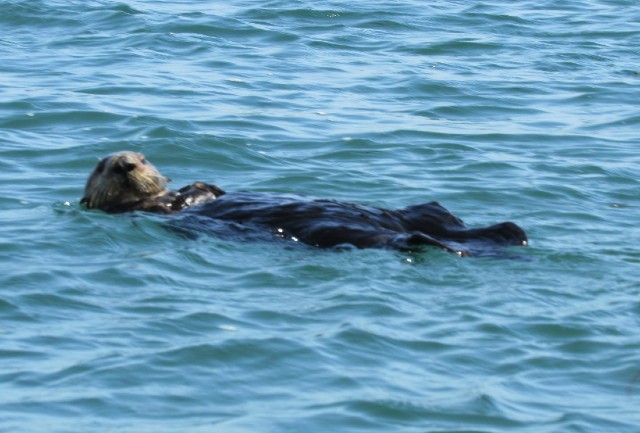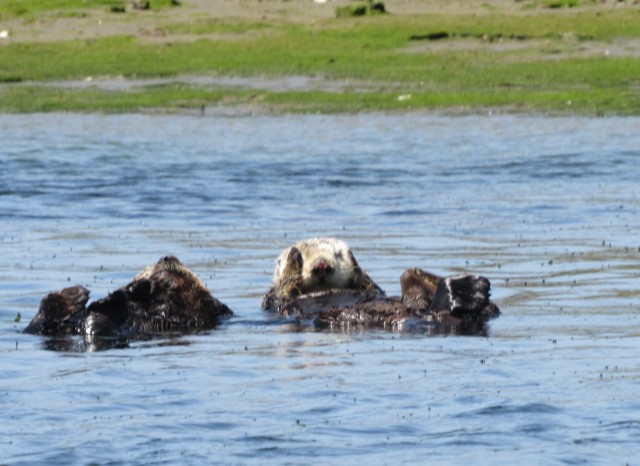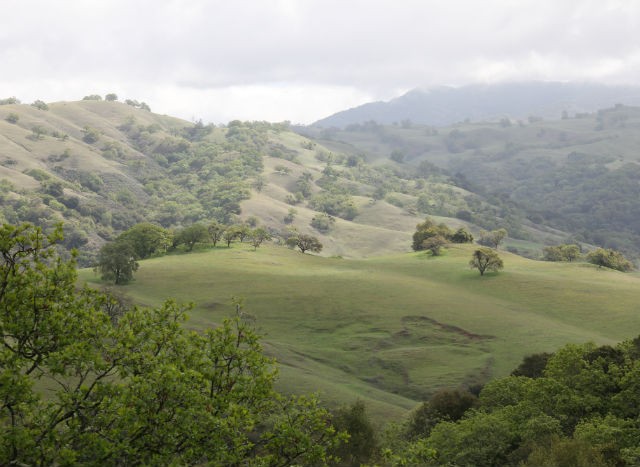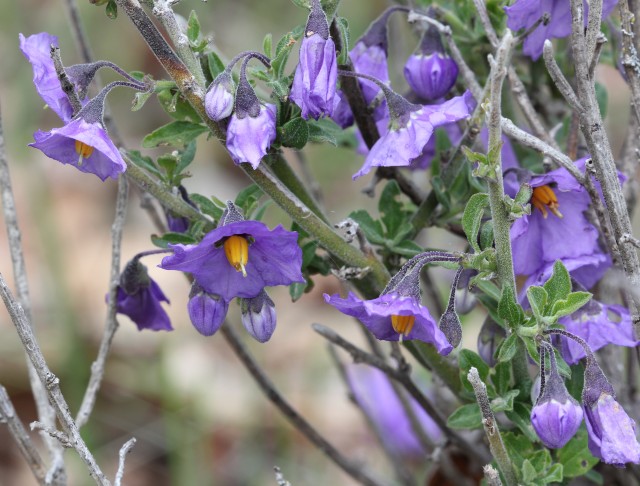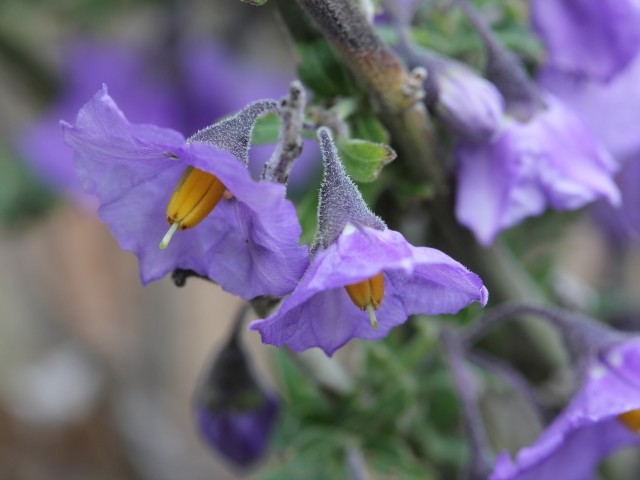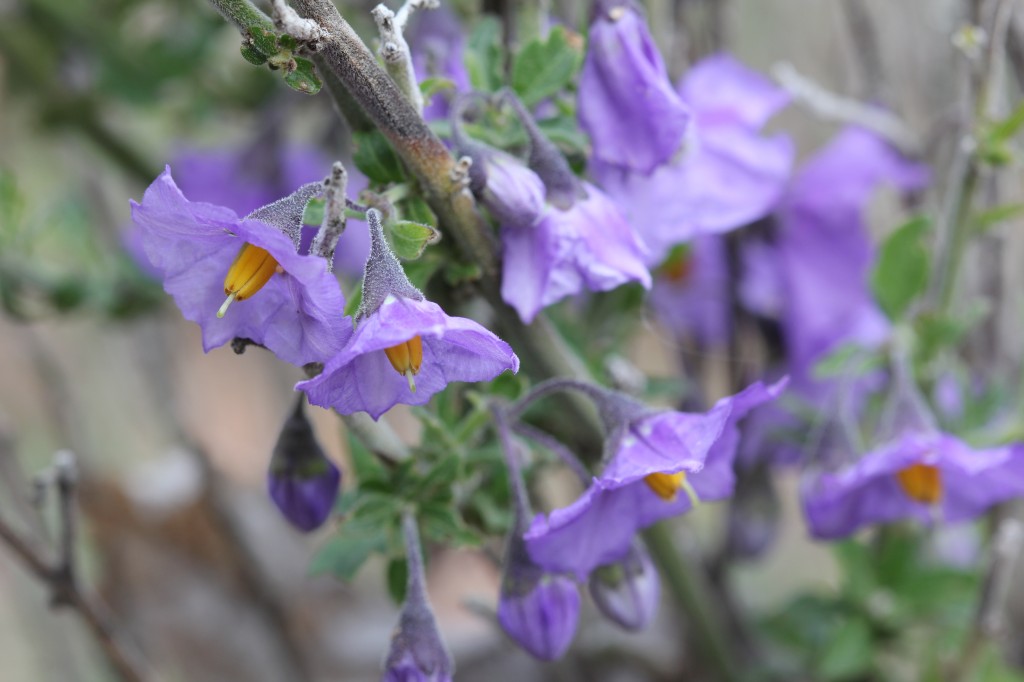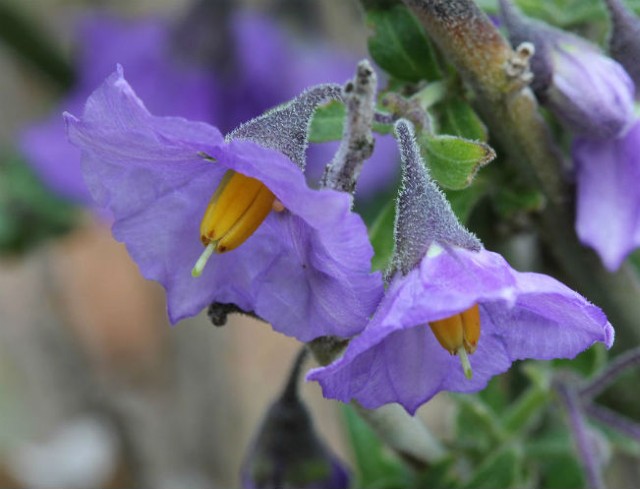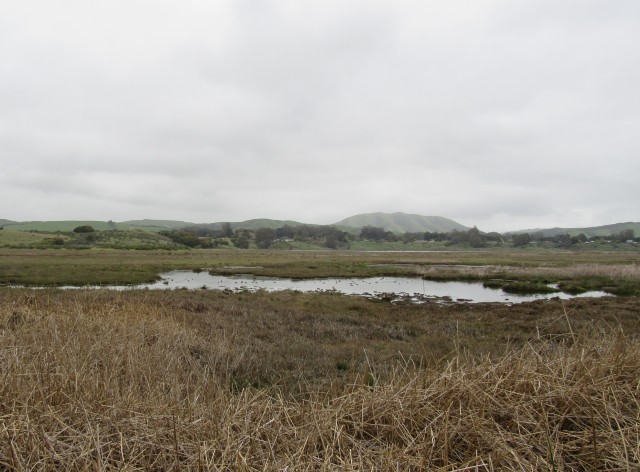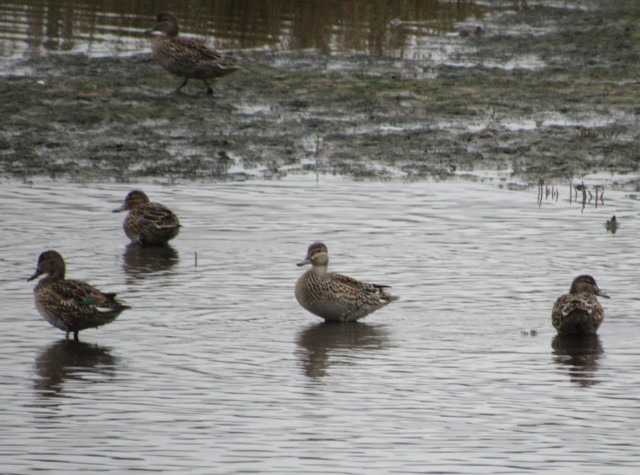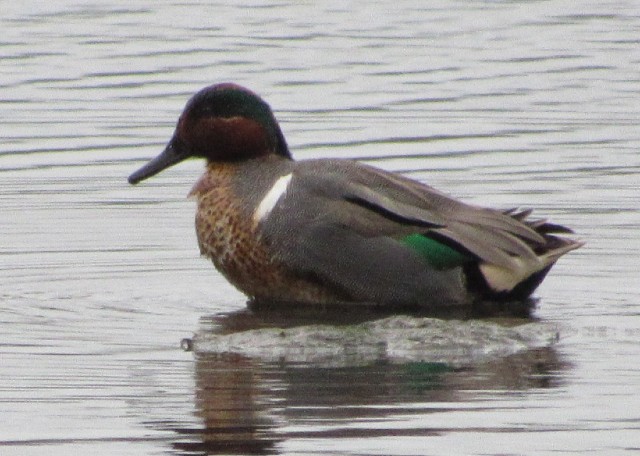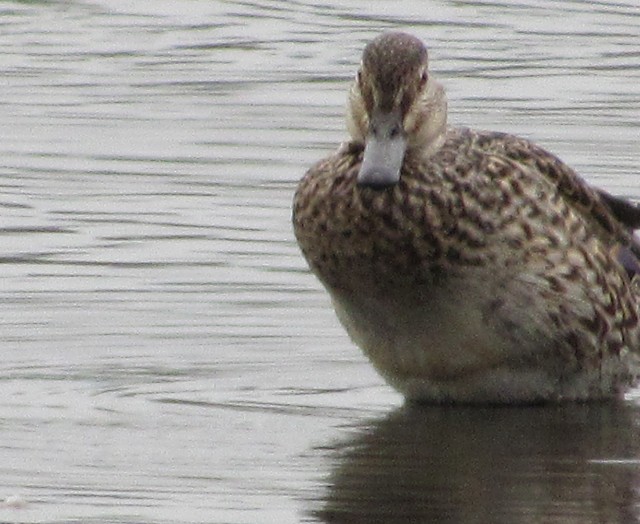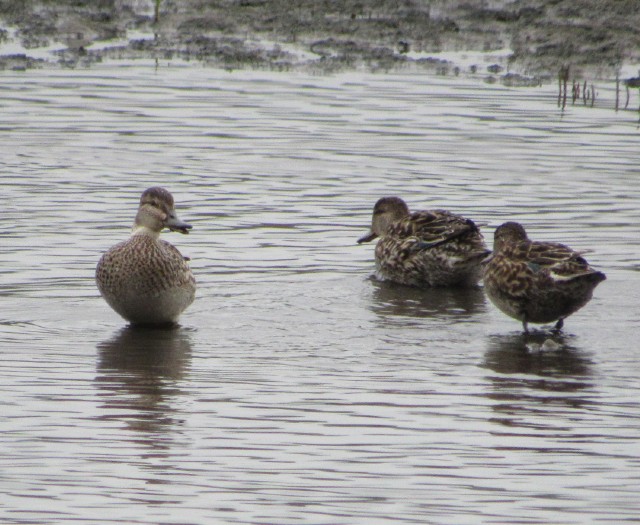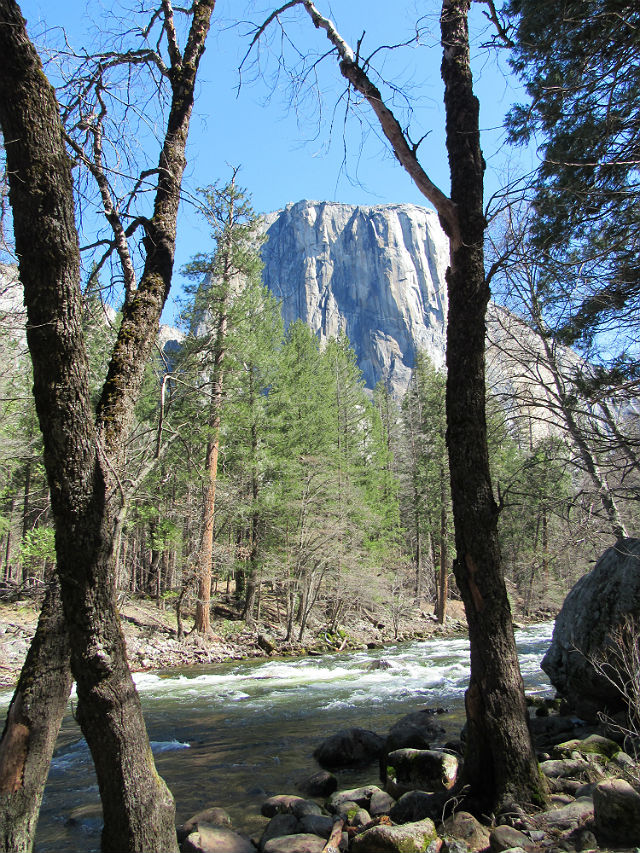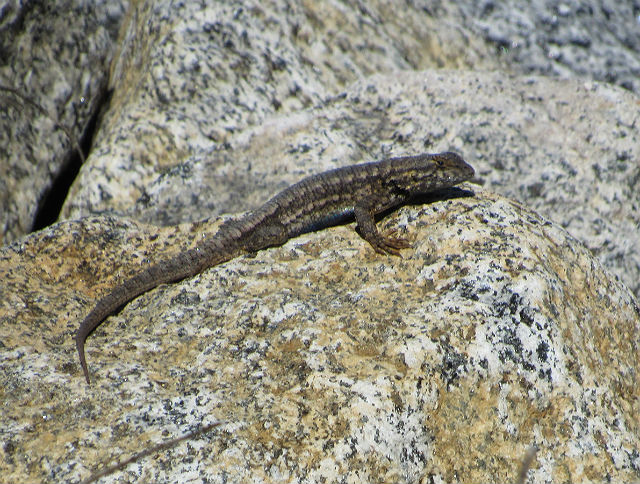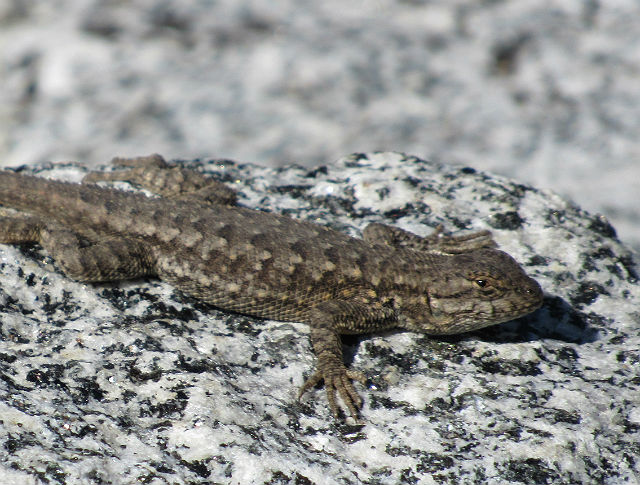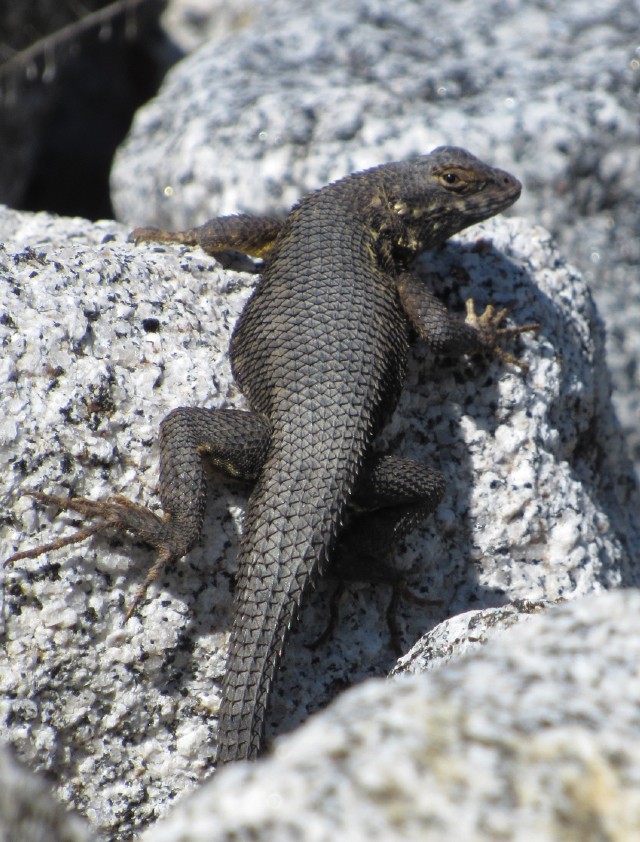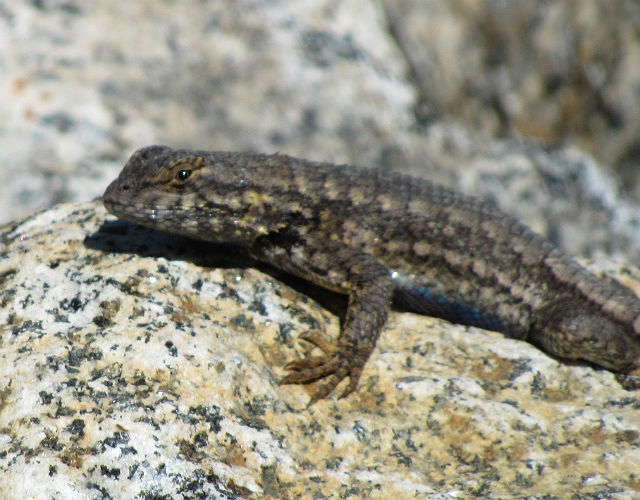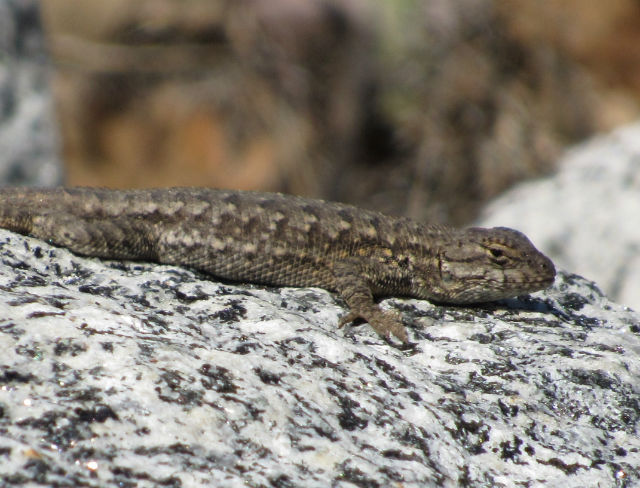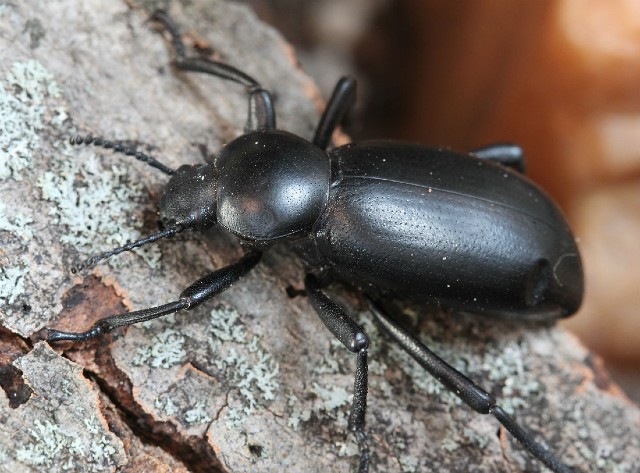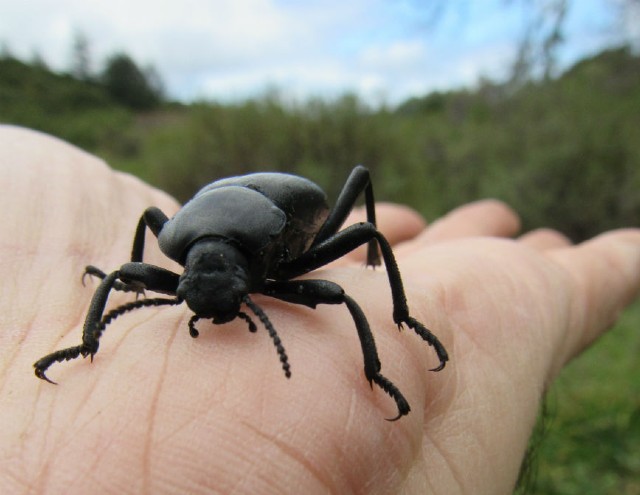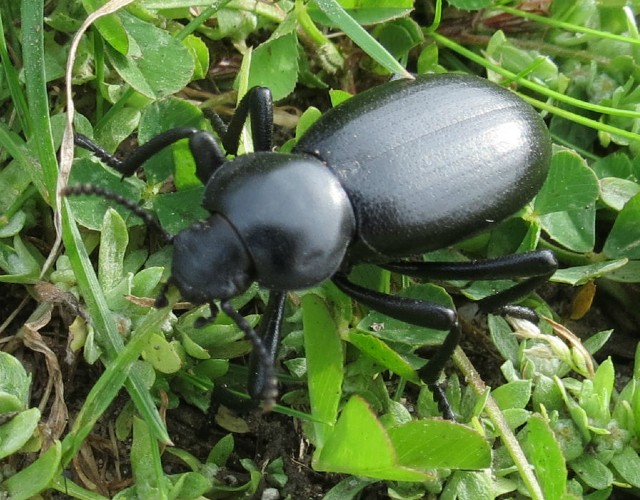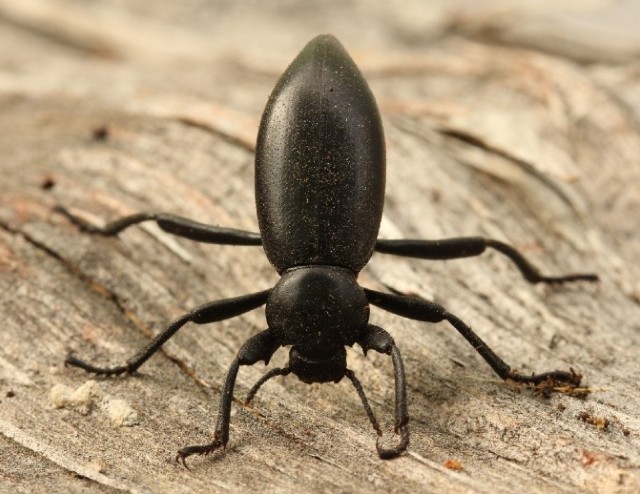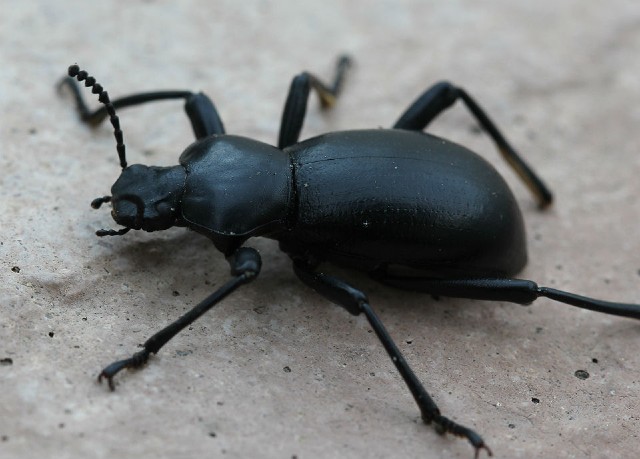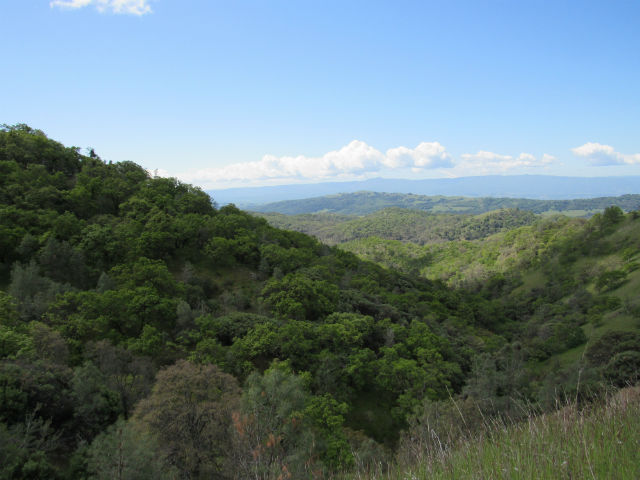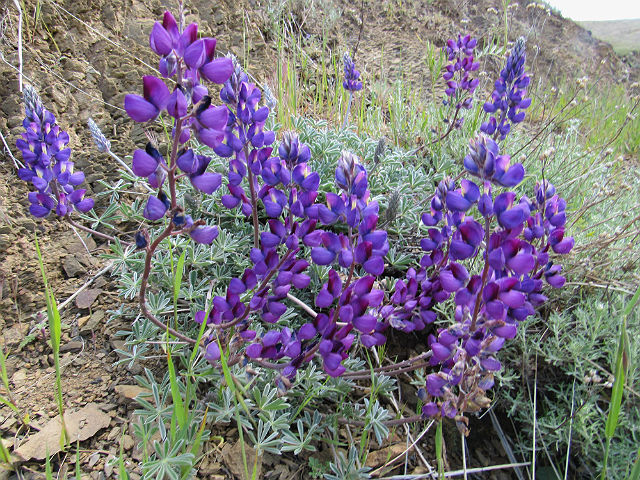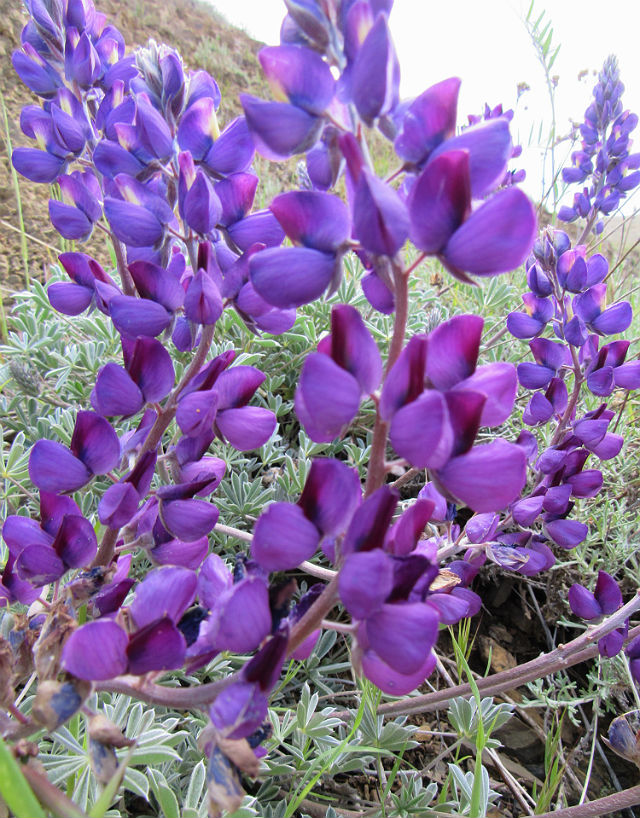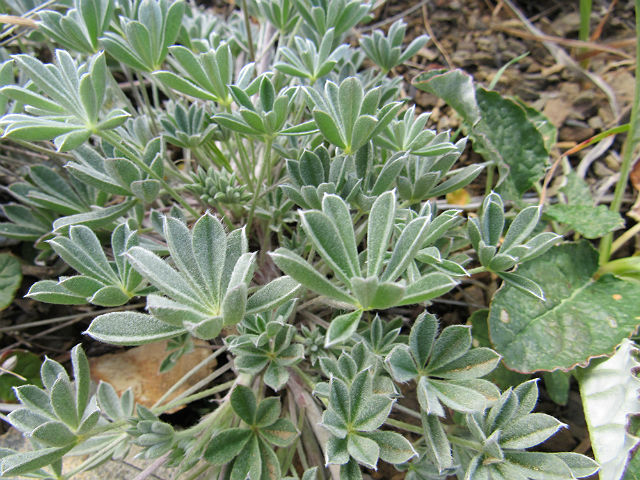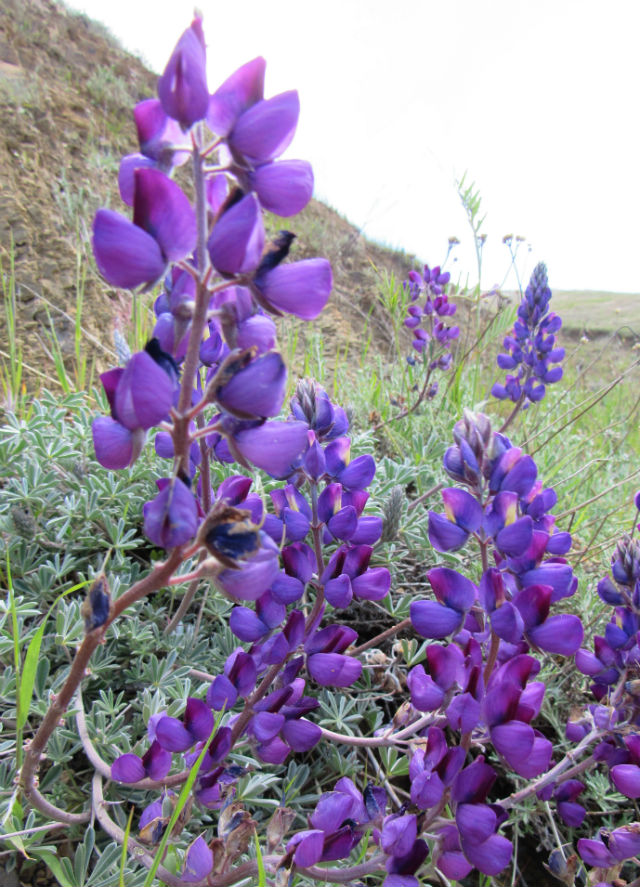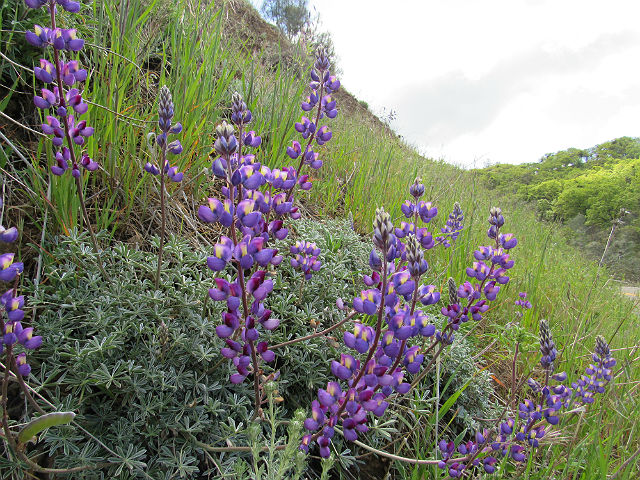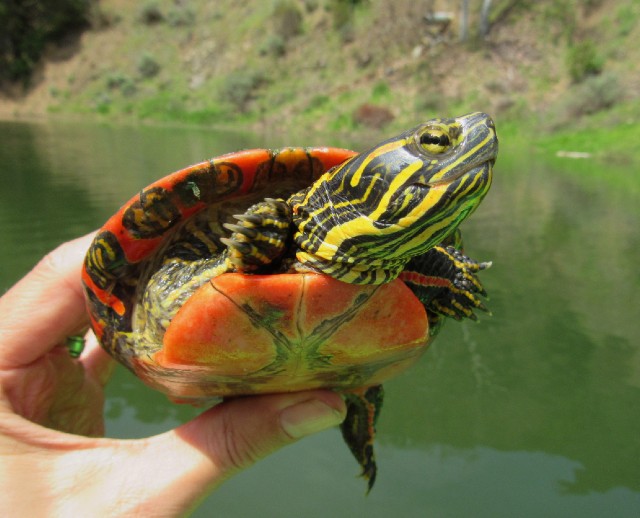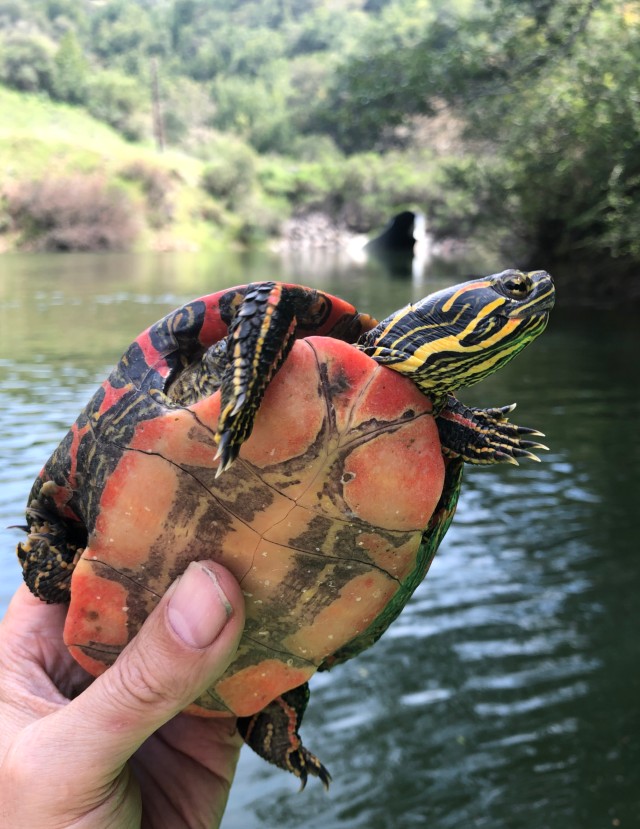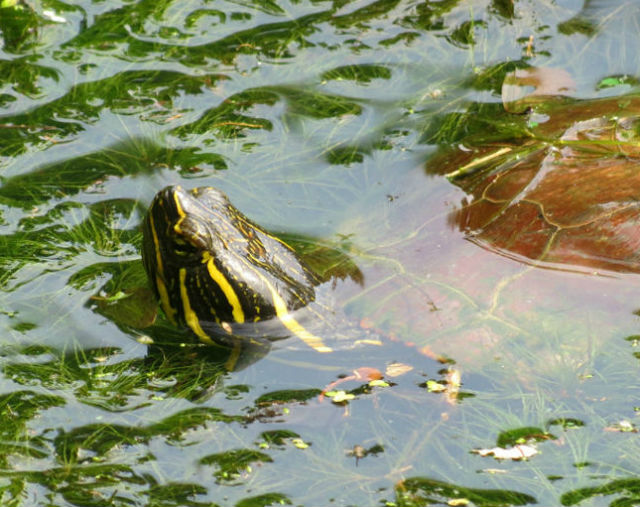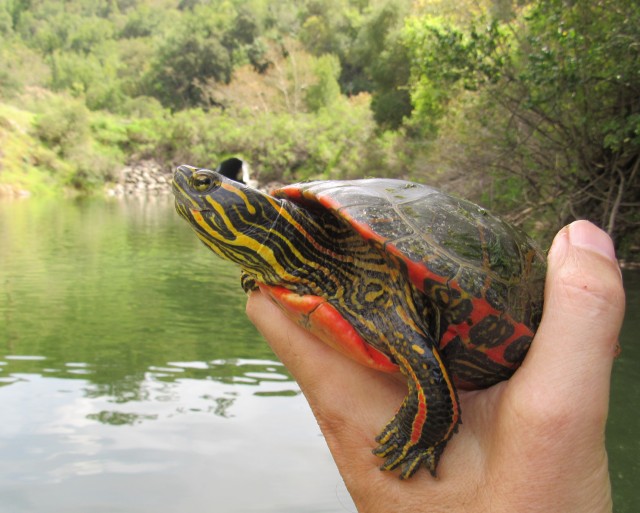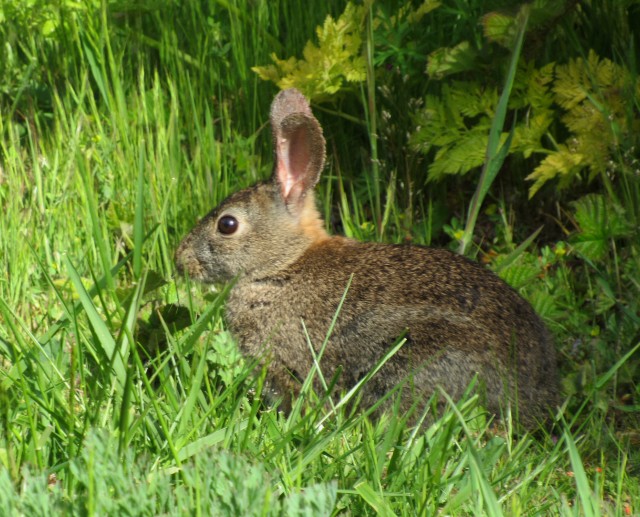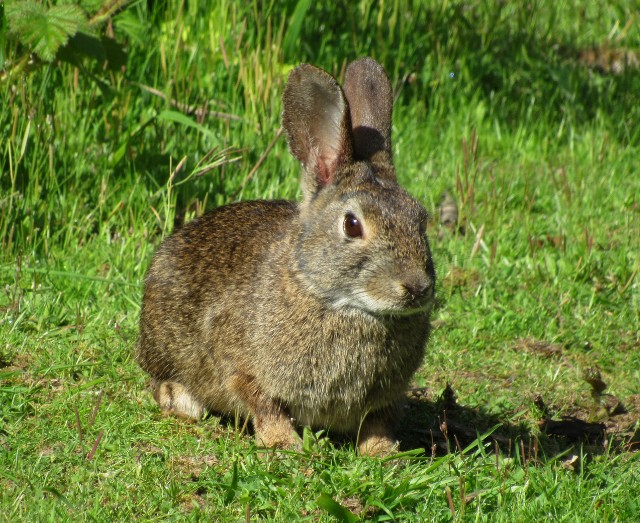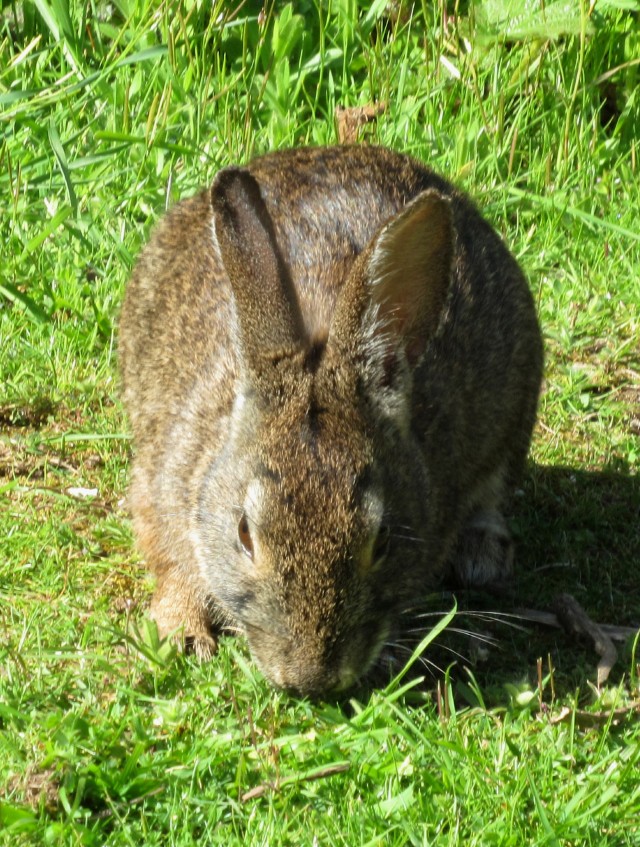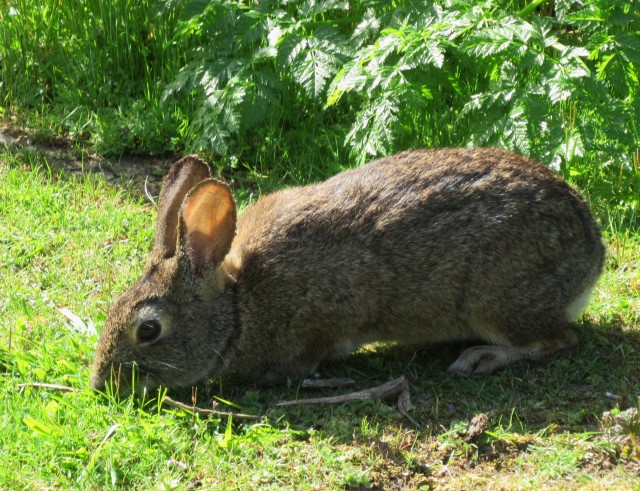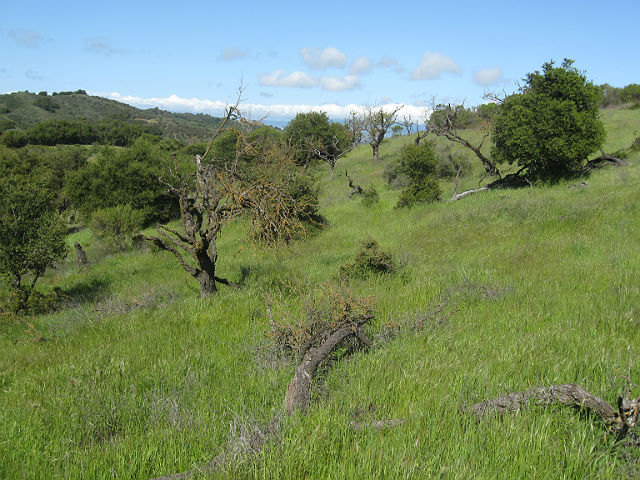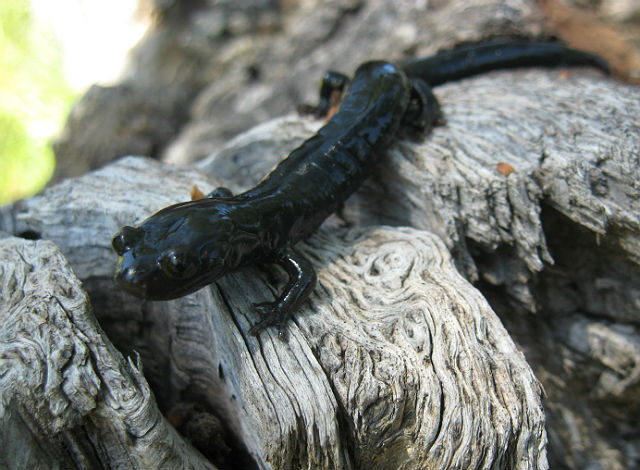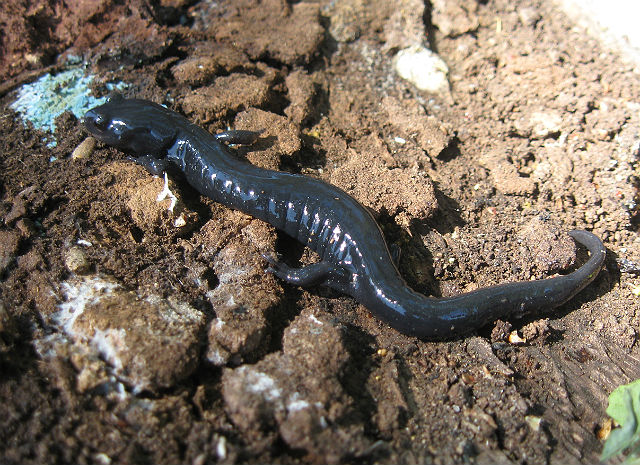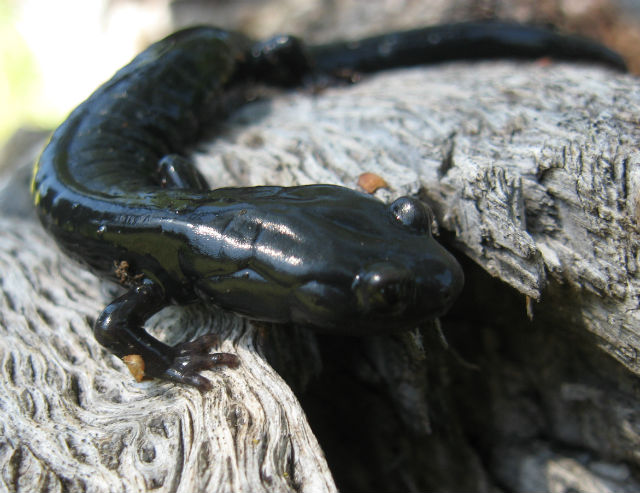This is a cool a creature that I have observed both from shore and from the water, while kayaking in California. It is native to the California coast. Adult Sea Otters typically weigh between 30 and 99 pounds, making them the heaviest members of the weasel family, but among the smallest marine mammals.
Unlike most marine mammals, the sea otter’s primary form of insulation is an exceptionally thick coat of fur – the densest in the animal kingdom. Although it can walk on land, the sea otter is capable of living exclusively in the ocean.
The Sea Otter is most often seen near the shore, where it forages for marine invertebrates such as sea urchins, various mollusks and crustaceans and some species of fish. It is one of the few mammal species to use tools, utilizing rocks to dislodge prey and to open shells.
In most of its range, it is a keystone species, controlling sea urchin populations which would otherwise inflict extensive damage to kelp forest ecosystem.
Their numbers were once estimated at 150,000–300,000 before Sea Otters were hunted extensively for their fur between 1741 and 1911. The world population fell to 1,000–2,000 individuals living in a fraction of their historic range.
A ban on hunting, Sea Otter conservation efforts, and reintroduction programs into previously populated areas have contributed to their numbers rebounding, and the mammal now occupies about two-thirds of its former range. The recovery of the sea otter is considered an important success in marine conservation.




